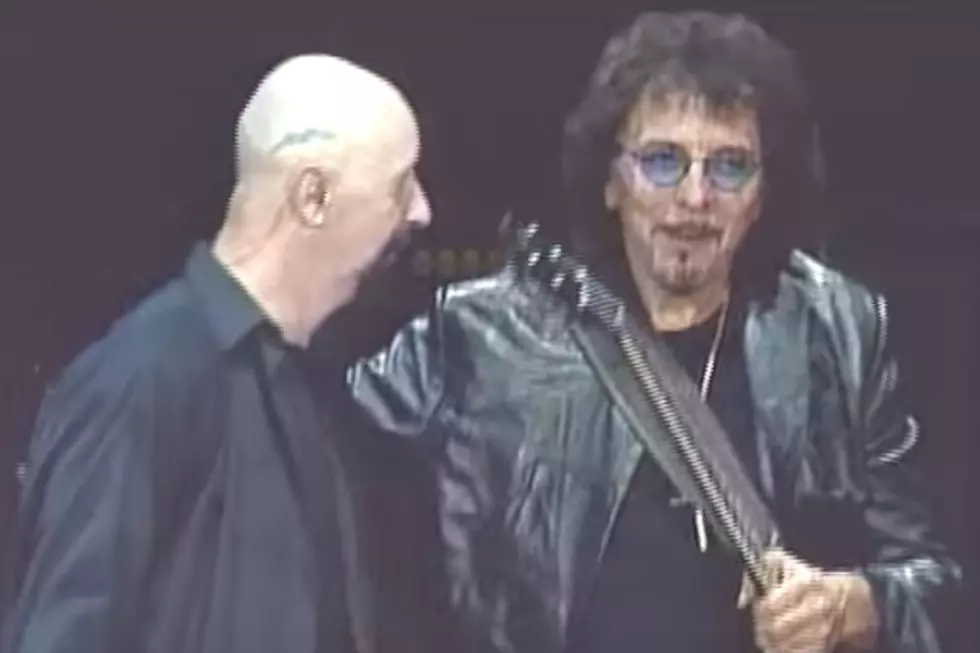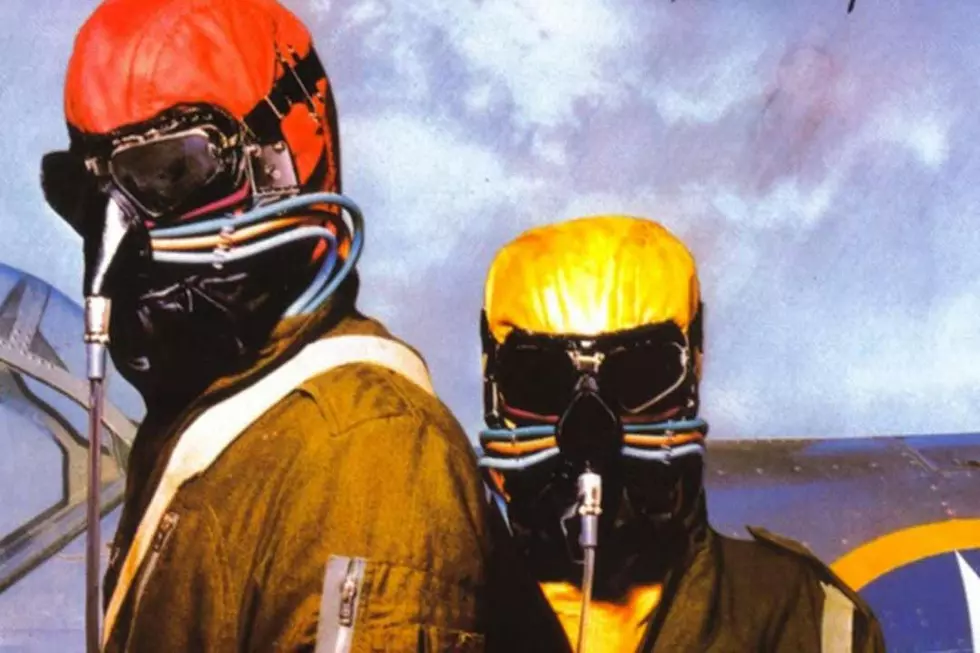
How Black Sabbath’s Self-Titled Debut Gave Birth to Heavy Metal
It took just one album for Black Sabbath to earn their enduring status as fathers of heavy metal.
Such was the power of the banshee screams, bone-crushing power chords, bowel-loosening bass rumbles and battle-ready drums from Ozzy Osbourne, Tony Iommi, Geezer Butler and Bill Ward, as heard on Black Sabbath's namesake debut.
Maybe the most heavy metal of all?: Black Sabbath actually arrived at U.K. record stores on Friday the 13th.
Since forming in the latter half of 1968 in the Black Country industrial capital of Birmingham – first as the Polka Tulk Blues Band, then Earth and finally Black Sabbath – the fledgling quartet had spent the better part of a year honing their sound.
That included endless pub gigs in almost startling anonymity, before Black Sabbath were finally offered the chance to record. Working over a single 12-hour session on October 16, 1969, without benefit of almost any overdubs, they recreated the band's well-rehearsed live set -- then hopped back into the van to make the next night's gig.
Listen to Black Sabbath's 'Black Sabbath'
The results on Black Sabbath, issued on Feb. 13, 1970, were as crude as they were undeniable powerful. First came the unforgettable title track, replete with a storm of striking sound effects, terrifying lyrics and sullen instrumentation. (The latter included a retrospectively visionary application of the so-called "Devil's Interval," a musical tritone so evil it was once banned by the Roman Catholic Church.)
And if all of that wasn't strong enough a statement, the subsequent "N.I.B." saw Osbourne impersonating Lucifer himself to seduce the song's intended victim, crooning over monolithic power chords and a hypnotic bass figure – both clearly cut from the same cloth as the title track, and indicative of a template Black Sabbath would return to, again and again, for the remainder of their career.
That being said, the remaining songs on hand boasted formative ingredients that made this one of the most unique LPs in Black Sabbath's discography, and included the highly unusual harmonica carrying "The Wizard," latent psychedelia haunting "Sleeping Village" and "Evil Woman" (a cover of American acid rockers Crow), and pervasive blues and even jazz influences swarming "Behind the Wall of Sleep" and the group's epic jam on "Warning" (originally cut by the Aynsley Dunbar Retaliation).
It all combined to help Black Sabbath quickly rise to an astonishing No. 8 on the U.K. charts, and to No. 23 in America upon its June release. By then, however, Black Sabbath was steaming toward an even more resounding victory, with the sophomore LP Paranoid.
Rock's Ugliest Band Breakups
Was Black Sabbath’s ‘Never Say Die!’ Doomed to Fail?
More From Ultimate Classic Rock









